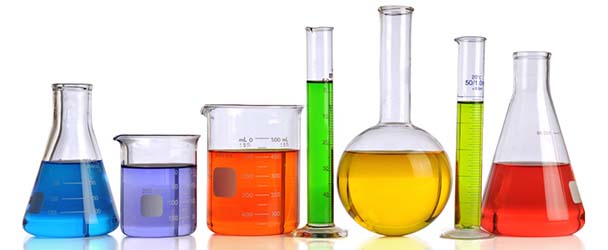Glassware that is used in the laboratory: Glassware is found in abundance in laboratories and comes in all shapes and sizes. Pipette, burette, beaker, conical flask, measuring cylinder, test tube, funnel, etc. Each of these containers has its own unique form and purpose.
Chromic acid (the mixture of H2SO4 and K2Cr2O7) is used to clean the glassware. If the glassware is clean then no water drops are found to the glass wall of the apparatus. After washing, if it is kept on the platform, it is easily dried. From these observations, we can say that the glassware is clean. Though it has become preferable in recent years to substitute glass vessels for cheaper, more durable, and less fragile plastic materials, some substances and experiments or applications still require the use of glassware.
Specific uses of pipette: Pipette is used to measure the particular volume of liquid and to transform it from one container to another. Specific uses of burette: Burette is used to measure the volume of a liquid very precisely and accurately. A primary or secondary solution is taken in the burette during titration.
Specific uses of the conical flask: Volumetric analysis reactions are done in the conical flask. During the titration, a solution whether its concentration is known or unknown is taken from the burette, and pipette into the conical flask titration can be completed.
Measuring cylinder: cannot be used instead of pipette or burette because the measurement of pipette & burette is very precise and accurate than measuring cylinder Again pipette is more preferable because during the titration dropwise solution can be added to the conical flask by using burette but not measuring cylinder.
Beakers: Beakers are the workhorse glassware of any chemistry lab. They come in a variety of sizes and are used for measuring volumes of liquid.
Erlenmeyer Flasks: This type of flask has a narrow neck and a flat bottom. It’s good for swirling, storing, and heating liquids.
Test Tubes: Test tubes are good for collecting and holding small samples. They aren’t typically used for measuring precise volumes. Test tubes are relatively inexpensive compared with other types of glassware.
Burettes: These are used to dispense exact quantities of liquid into another vessel.
Volumetric flasks: Similar to beakers, these are used to hold samples, but usually come in a conical or spherical shape with a tapering neck.
Funnels: The tapered neck of a funnel allows easy pouring of a liquid into a narrow orifice.
Graduated Cylinders: Similar to beakers, these cylindrical vessels have volumetric markings to allow for monitoring of volume.
Slides: Used to hold items under a microscope for inspection and study.
Stirring Rods: Used to mix solvents and samples together.
Drying pistols: Similar to a desiccator, the pistol is a more direct method of removing moisture from a sample.












